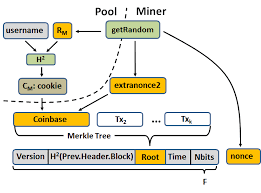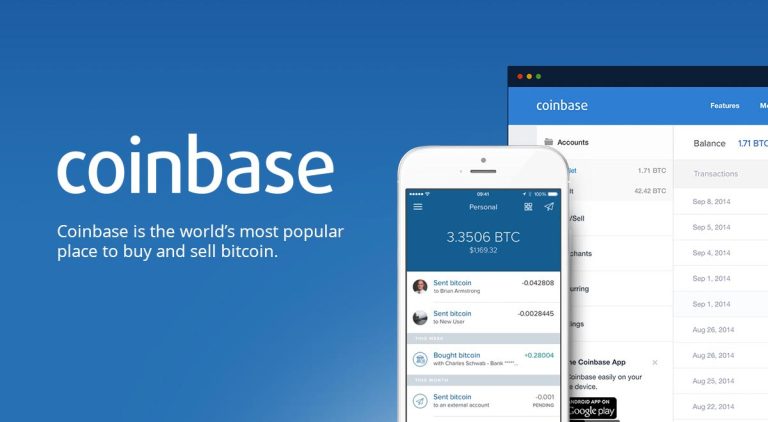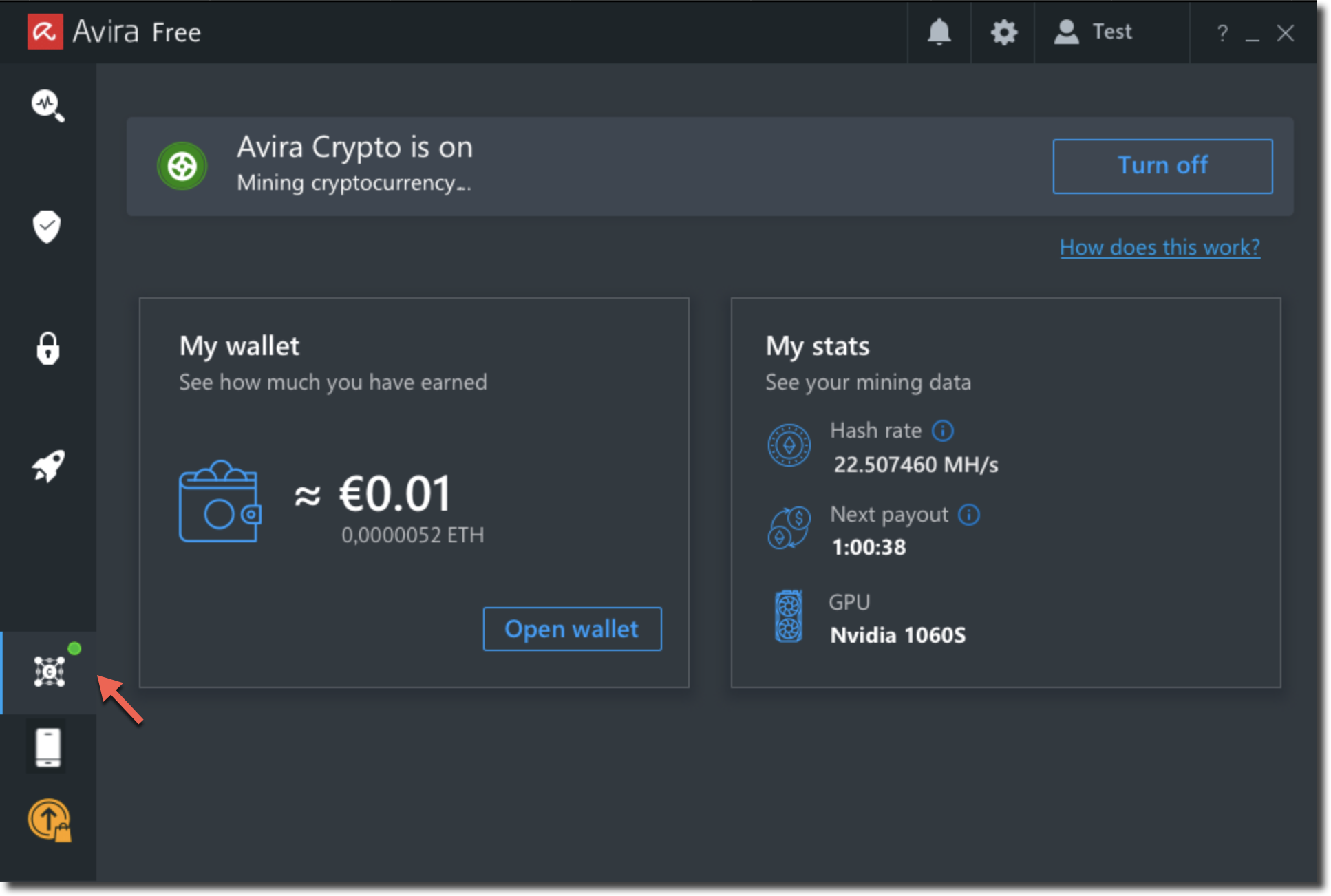
Bitcoin transactions are made by using a structure called Merkle Tree. The Merkle Root is a hash of the hashes of all the transactions within a block. The hashes are stored in an ordered manner with the Merkle Root at its top. Computers can easily search the transaction data. Each transaction is typically hashed before being paired. For example, a TxAB will be paired with a TxCD, and so forth.
An Bitcoin transaction can be broken down into three parts. First, we have the transaction itself. It is made up of individual bits known as addresses. This enables the bitcoin network to identify the source of the data, and can be compared to the one used by other payment systems. The raw transaction does not have serialized data and is therefore the most difficult one to decipher. The transaction output is a zip version of the transaction.

A script is a program that creates an output without requiring authorization. The script can ask for input to be signed by 10 keys or redeemable via a password. It will also validate the signatures by using the public key or private key. Once it is valid the script will automatically add the signed value into the stack. This is the "stack". Consult a Bitcoin developer for more information about the Bitcoin Transaction Data Structure.
The Bitcoin transaction data structure's small end has a 0x48byte (or 72 bytes). This byte corresponds to the lowest byte on the small side. The id for an output is id=2 and id=1 if it's sent. The small end contains 50 bits of data. The inverted small-end end of the large end has a Fd2606.
The Bitcoin transaction metadata structure contains information about the transaction time stamp, the version, the inputs and outputs, and how many transactions were made. It also includes the x- and y coordinates of a publickey. The y coordinate of a publickey corresponds to the y-coordinate for the corresponding decimal. This can be found by looking at the hex numbers of the hexbyte.

A transaction's hexadecimal data structure contains an integer that represents the original transaction text. The hash of the transaction is stored in the second byte. These values are stored in the order they were created. One Bitcoin hash can be generated when they are all stacked. The hexadecimal encoded is an important part of bitcoin's hexadecimal encryption.
A Bitcoin transaction consists of a variety of inputs as well as outputs. A coinbase is a single Bitcoin transactions. This is the place where a miner gets their mining reward. An outgoing transaction must also be a coinbase or non-coinbase transaction. A cryptographic hash of these two variables is the transaction ID. A coinbase is more secure than traditional currencies, which require an address as well as a signature.
FAQ
Where Can I Spend My Bitcoin?
Bitcoin is still relatively new, so many businesses aren't accepting it yet. There are a few merchants that accept bitcoin. Here are some popular places where you can spend your bitcoins:
Amazon.com - You can now buy items on Amazon.com with bitcoin.
Ebay.com - Ebay accepts bitcoin.
Overstock.com: Overstock sells furniture and clothing as well as jewelry. You can also shop on their site using bitcoin.
Newegg.com - Newegg sells electronics and gaming gear. You can order a pizza even with bitcoin!
Is there a limit to the amount of money I can make with cryptocurrency?
There is no limit to how much cryptocurrency can make. Trading fees should be considered. Although fees vary depending upon the exchange, most exchanges charge only a small transaction fee.
Where can I buy my first bitcoin?
Coinbase lets you buy bitcoin. Coinbase allows you to quickly and securely buy bitcoin with your debit card or credit card. To get started, visit www.coinbase.com/join/. You will receive instructions by email after signing up.
Where can I sell my coins for cash?
There are many places you can trade your coins for cash. Localbitcoins.com is one popular site that allows users to meet up face-to-face and complete trades. You may also be able to find someone willing buy your coins at lower rates than the original price.
What is a Decentralized Exchange?
A decentralized platform (DEX), or a platform that is independent of any one company, is called a decentralized exchange. DEXs don't operate from a central entity. They work on a peer to peer network. This allows anyone to join the network and participate in the trading process.
How does Blockchain work?
Blockchain technology can be decentralized. It is not controlled by one person. Blockchain technology works by creating a public record of all transactions in a currency. Each time someone sends money, the transaction is recorded on the blockchain. Anyone can see the transaction history and alert others if they try to modify it later.
Statistics
- Something that drops by 50% is not suitable for anything but speculation.” (forbes.com)
- In February 2021,SQ).the firm disclosed that Bitcoin made up around 5% of the cash on its balance sheet. (forbes.com)
- That's growth of more than 4,500%. (forbes.com)
- This is on top of any fees that your crypto exchange or brokerage may charge; these can run up to 5% themselves, meaning you might lose 10% of your crypto purchase to fees. (forbes.com)
- “It could be 1% to 5%, it could be 10%,” he says. (forbes.com)
External Links
How To
How can you mine cryptocurrency?
Although the first blockchains were intended to record Bitcoin transactions, today many other cryptocurrencies are available, including Ethereum, Ripple and Dogecoin. Mining is required in order to secure these blockchains and put new coins in circulation.
Proof-of-work is a method of mining. Miners are competing against each others to solve cryptographic challenges. Miners who find solutions get rewarded with newly minted coins.
This guide shows you how to mine different cryptocurrency types such as bitcoin, Ethereum, litecoins, dogecoins, ripple, zcash and monero.